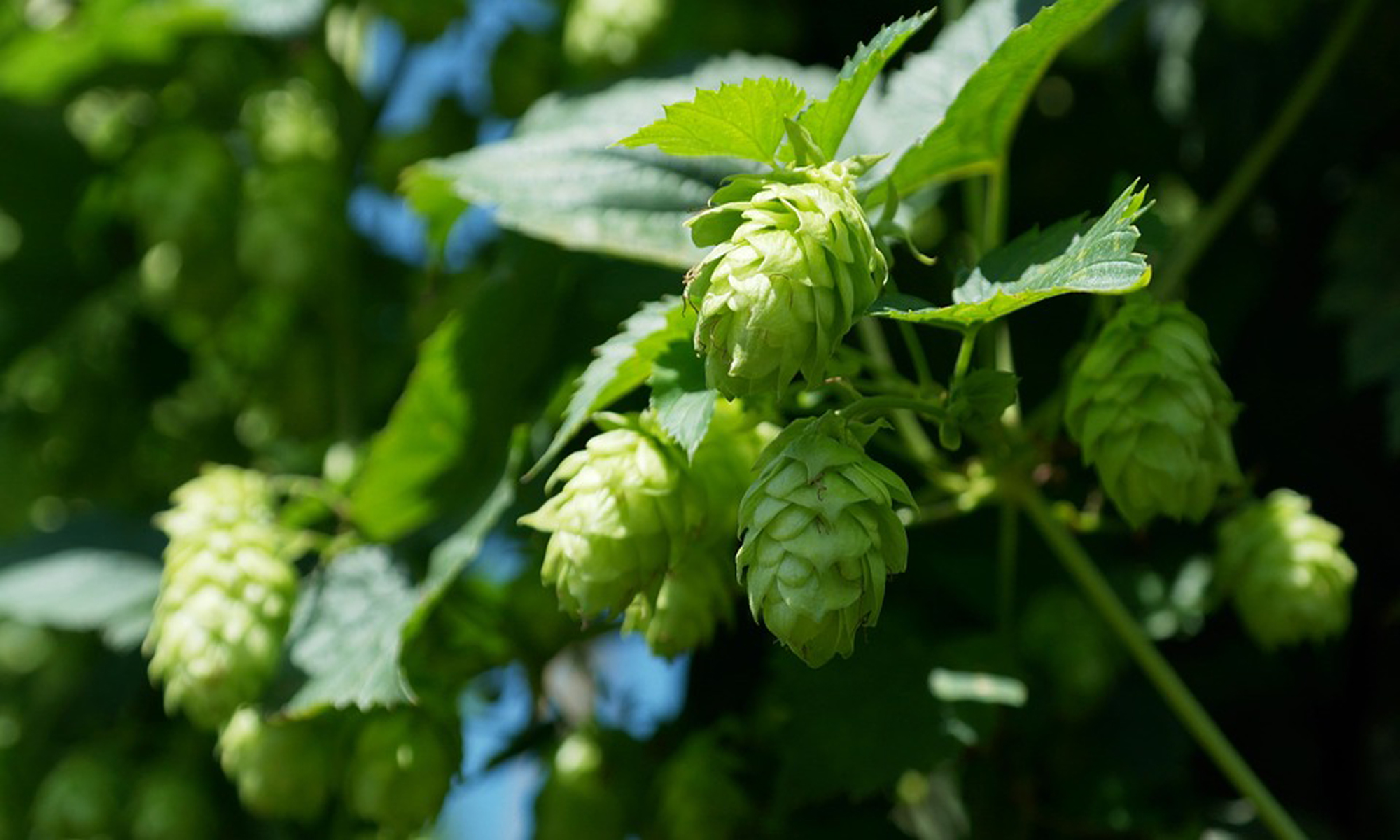Cluster 1oz
$2.89
In stock: 21 available
1
Save this product for later
Cluster 1oz
Product Details
Cluster hops are one of the oldest hop varieties native to North America.
Here are some key features of Cluster hops:
- Flavor Profile: Cluster hops are known for their balanced and moderate flavor profile. They can contribute both floral and spicy notes, with some mild citrus undertones. While not as bold or distinctive as some newer hop varieties, Cluster hops offer a classic and versatile flavor.
- Aroma: Cluster hops provide a mild and pleasant aroma characterized by floral and herbal notes. The aromatic qualities of Cluster hops make them suitable for a variety of beer styles.
- Usage: Cluster hops are utilized for both bittering and aroma in brewing. They are commonly added during the boil for bittering, and they can also be used in late additions for aroma. However, their aromatic profile is generally more subtle compared to some of the more modern hop varieties.
- Alpha Acids: Cluster hops typically have a moderate alpha acids content, making them effective for providing bitterness to beer. The alpha acids content can vary somewhat based on growing conditions.
- Beer Styles: Cluster hops have historically been associated with traditional American lagers and ales. They are used in a range of beer styles, including Pale Ales, Amber Ales, and American Pilsners. While they may not be as trendy as newer hop varieties, Cluster hops offer a classic and reliable option for brewers.
- Origin: Cluster hops are native to North America and were one of the first hop varieties cultivated in the United States. They have a long history, with records suggesting that they were introduced in the early 1600s.
While Cluster hops may not have the bold and distinct characteristics of some newer hop varieties, they continue to have a place in brewing, especially for brewers seeking a more traditional or heritage approach to their beer recipes. Cluster hops contribute to the rich history of hop cultivation in North America.
Display prices in:USD


